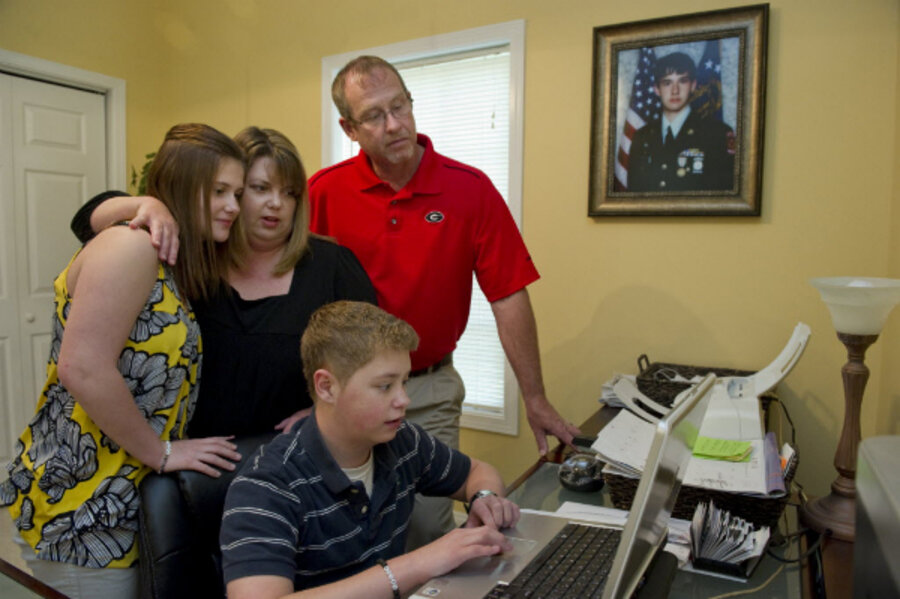Grom Social – a social network for people under 16, made by a 13-year-old
Loading...
No pressure or anything, but we’ll be watching GromSocial.com – a social network site for people under 16 – to see if it isn’t one of the best ways for kids to learn safe, constructive use of social media.
It was started by 13-year-old Zach Marks in Florida after his parents kicked him off of Facebook, Florida Today reports.
Even the county sheriff, Wayne Ivey, believes that there is no better source of safety messaging to kids than a peer, according to the paper.
GromSocial “has 70,000 members in 199 countries and a staff of 16,” and maybe it’ll support user safety through individual and corporate best practices.
It defines “grom” as “a promising young individual who is quick to learn,” which describes its founder. Zach started getting in trouble in school for talking too much and not paying attention, so his parents had him tested for an attention disorder, only to find out from the doc that he was just smart and bored.
This summer “the Marks family and accompanying web site staff are on a cross-country tour in a 35-foot RV, taking the company’s core messages of anti-bullying and cyber safety directly to kids” around the country. I just hope they’ve got accurate information and aren’t exaggerating the bullying problem.
Maybe, as self-appointed experts on cyberbullying, they read an important article about cyberbullying in the journal Psychology of Violence last fall which said: “Although there was a small but significant increase in youth online harassment from 6 percent in 2000 to 11 percent in 2010, the percentage of more serious harassment, either repeated harassment or incidents that caused victims distress, were experienced by only 5 percent of youth in 2010″ (the article was entitled “Online harassment in context: Trends from three youth Internet safety surveys”).
That’s hardly the “huge problem” Zach’s dad Darren Marks was cited by Florida Today as calling cyberbullying, and it’s important for anyone involved in Internet safety education to get that right because of what we’ve all learned from the social norms research about how perception affects behavior (see this for more on that).







